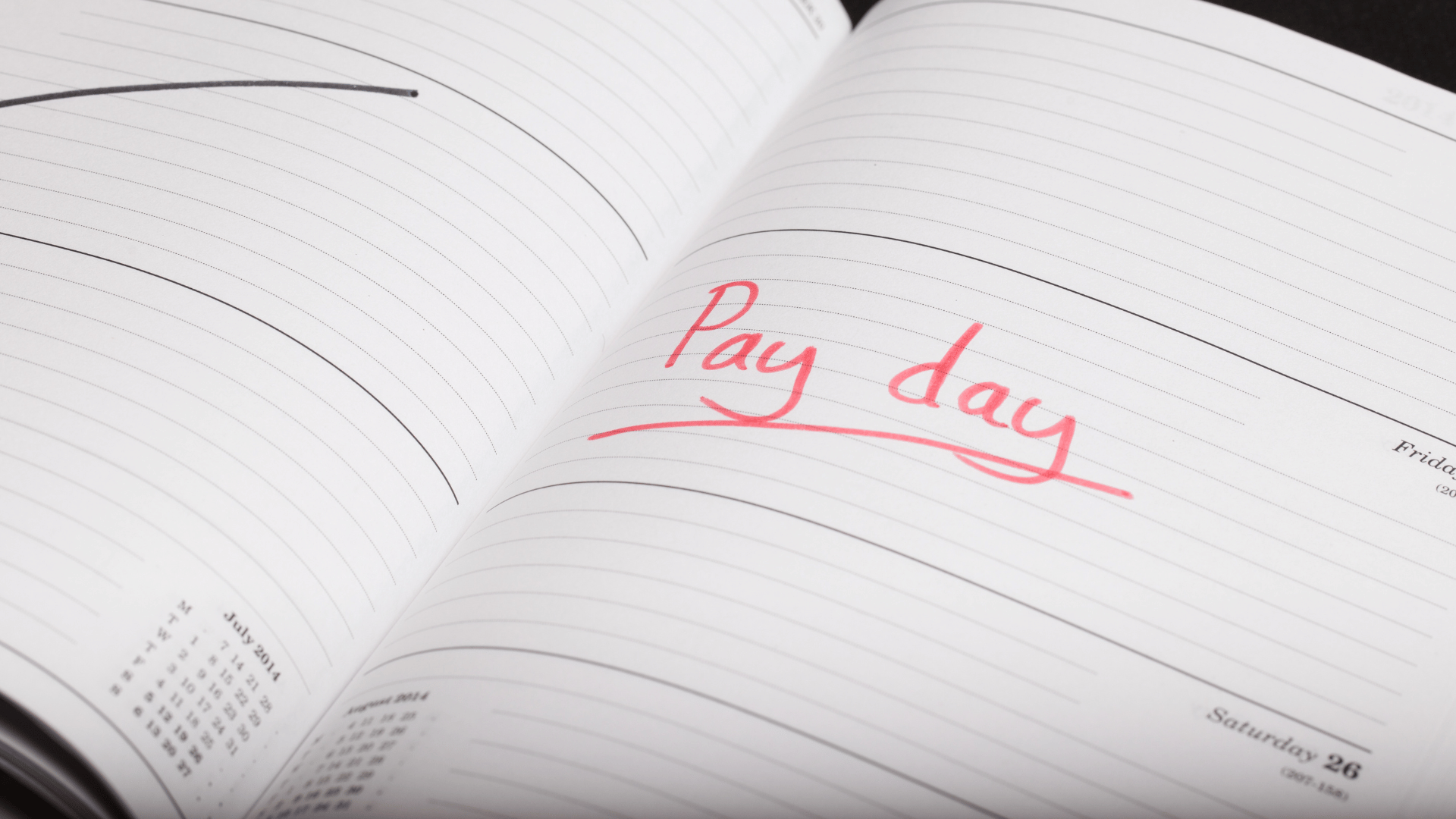
Addressing Gender Imbalance in the Legal Industry
01 Sept, 20231-2 minutes
In this blog, you will learn
- The historic gender imbalance challenges in the legal industry
- What is being done to address gender inequality in the legal industry
- Which law firms are taking the gender equality seriously
- What the current gender pay gap is in the legal industry
Why is there an issue with gender balance in the legal industry?
The gender imbalance in the legal industry stems from historical biases, unequal access to opportunities, and persistent stereotypes that have favoured male representation. Barriers such as limited access to education and mentorship, gender biases affecting practice area choices, and inflexible work environments have hindered women's progress. It’s worth noting that gender balance challenges are not limited to the legal industry as historically, women across many different sectors have faced similar issues.
What gender imbalance has the legal industry faced?
The legal industry, like many other professions, has historically faced significant challenges in achieving gender balance and equality. Here are some key historical challenges that have been observed:
- Women had limited access to education and professional training, which hindered their entry into the legal profession. Many law schools were initially closed to women, and those that did admit them often had limited resources and support. The Sex Disqualification (Removal) Act was only introduced in 1919 to enable women to become Solicitors, Barristers, Magistrates and Jurors. Following the Act, universities could admit women to membership or degrees.
- Women were often excluded from legal organisations, bar associations, and networking opportunities.
- Deep-seated gender bias and stereotypes contributed to a perception that women were better suited for certain legal areas, such as family law or social work, rather than traditionally male-dominated areas such as litigation or corporate law.
- Women faced challenges in progressing through the ranks within law firms and legal organisations due to a lack of mentorship, opportunities for meaningful work, and support for work-life balance.
- The absence of prominent female role models in the legal field made it difficult for women to envision successful legal careers for themselves. (That being said, the first woman to achieve an internal law degree from UCL Faculty of Laws was Dorothy Bonarjee in 1917 - one year before she could ‘formally’ enter the legal profession when the Sex Disqualification (Removal) Act was introduced in 1918.)
- Women in the legal industry have historically faced a gender pay gap, earning less than their male counterparts for similar work. While the 2022 mean and median gender pay gap has decreased compared to 2021, it is not equal which demonstrates that there is still work to be done.
- The demanding nature of legal work, with long hours and high-pressure environments, has posed challenges for women seeking to balance their professional and personal lives, particularly for those with caregiving responsibilities.
- Historically, the legal industry did not provide adequate maternity or family leave policies, which put women at a disadvantage when balancing their careers with family responsibilities.
What is being done to address gender inequality in the legal industry?
Efforts to address the historical challenges of gender balance in the legal industry have been ongoing for several decades. While progress has been made, there is still work to be done.
The top 100 law firms are certainly tackling the issue head on. With female partnership currently standing at 21%, DLA Piper has announced its intention to increase this figure to 30% over the next four years, with the aim of raising this to 40% by 2030.
Magic Circle firms Freshfields and Clifford Chance are also working to achieve a global partnership of at least 40% women by 2026 and 2030 respectively.
Linklaters announced it is targeting a firm-wide gender diversity target of 40% for its annual partner promotions round. Charlie Jacobs, Senior Partner at Linklaters, said: “Ensuring gender equality is a global strategic priority for Linklaters. Our new gender diversity target will help us to build on our momentum and to further accelerate the pace of change, and is by no means our end goal as we strive for a more inclusive culture.”
Four years on from the introduction of mandatory gender pay gap reporting, the legal services sector has made some steps towards gender pay parity.
“In the last four years, there have been signs of progress. Some workplaces are analysing their pay gap data in greater detail and planning action to address underlying causes such as the under-representation of women at senior levels,” said Law Society president I. Stephanie Boyce.
The Law Society launched the Women in Law pledge in June 2019 encouraging organisations to sign up to commit to certain points relating to promoting gender equality.
This includes making one named member of the senior leadership team accountable for gender diversity, tackling workplace culture that fosters bias, as well as developing a specific action plan in order to increase inclusivity.
The Women in Law pledge hopefully ensures that there is accountability in the efforts commercial law firms make to promote gender equality. It’s hoped that this can inspire a more general change in office culture, beyond a firm’s targets, to reduce gender-based discrimination.
It’s important for gender equality to be more than just an empty talking point and PR, to reduce a culture of sexism that unfortunately remains present at many firms.
While these efforts have contributed to improvements, achieving full gender balance in the legal industry remains an ongoing challenge. Continued commitment, awareness, and collaborative action are necessary to create an inclusive and equitable legal profession.
Which law firms are taking this issue seriously
Many law firms in the UK are actively working to address gender imbalance and promote diversity within their organisations. Several law firms were known for their commitment to gender balance and diversity. Some of these firms include:
Hogan Lovells
Hogan Lovells has a long standing focus on achieving gender equality. Targets are key to ensuring they advance and retain their women talent. In 2012, they were the first global law firm to introduce goals for women in senior roles - 30% women in senior management roles by 2015 and 30% women partners by 2022.
Since its introduction, they have gone beyond the statutory Gender Pay Reporting guidelines by including partners in their reports; this visibility is important in holding themselves to account to maintain progress.
Linklaters
Linklaters have been recognised for its efforts in gender diversity, offering flexible working arrangements and support for career progression for women.
They have a long-standing focus on gender equality within their own firm and are committed to creating an environment in which women are able to progress and where all genders feel supported in balancing their responsibilities inside and outside of the workplace.
Herbert Smith Freehills
Since they first introduced global gender targets in 2014, the proportion of women partners in their firm stands at 31%. That represents an increase of over 102%, bringing them to 164 women partners in May 2023.
They have now reaffirmed their commitment by setting out bold and ambitious new gender targets – by 1 May 2030, their goal is that, globally, women will comprise 40% of partners and partner leadership roles and in some parts of their firm, such as Australia, they believe they will reach parity – 50% – by 2030.
Simmons & Simmons
Striving for gender equality remains a business priority. They are committed to providing the best platform for female progression and to increasing the representation of women in the partnership and in senior management positions.
To achieve this, they have continued to introduce a number of programmes and processes to support career development for women including targets for female partner promotions (increased to 40% in 2019), sponsorship for all male and female managing associates to support their readiness for the partnership, and formal accountability via their partner, associate and business services gender balance committees.
How many women work in the legal sector?
With many law firms in the UK taking action against gender imbalance, there has been a significant impact on the amount of women who work in the legal industry. Recent stats from the Simply Law Career Hub show that women now represent the majority in certain job roles. However, while women might outnumber men in certain job roles, men continue to outnumber women in the ‘top jobs’ in the legal profession.
- Paralegal – 63.34% Female
- Solicitor – 55.92% Female
- Legal Assistant – 65.99% Female
- Legal Secretary – 77.05% Female
- Lawyer – 55.43% Female
- Associate – 48.11% Female
- Graduate/Trainee – 68.93% Female
The current gender pay gap
Despite improvements in gender equality, female legal professionals continue to experience differences in pay.
Efforts to address the gender pay gap in the legal industry involve advocating for clear salary structures, implementing family-friendly policies, and promoting diversity in leadership positions.
Recognising and rectifying this gap is essential not only for the well-being of female legal professionals but also for the advancement of the legal field and society as a whole.
According to the Law Society, the mean and median gender pay gap decreased between men and women in 2023 in comparison to 2021. In fact, the gender pay gap in the legal sector is reportedly lower than the current UK median gender pay gap of 14.9% across all industries.
Nevertheless, there is still a median pay gap of 4.7% in the legal sector. The major issues relate to pay, retention, and promotion of female Lawyers.
It is said that if we do nothing about closing the gender pay gap in the legal profession, it will take 86 years for women and men to achieve pay parity.
Despite employers with 250 or more employees being required to report their gender pay gap data, the legal sector still seems to be a long way off from closing the void, especially within smaller firms.
Who is Spencer Clarke Group?
Situated in the vibrant North West, our expanding recruitment agency is dedicated to assisting both public and private sectors. Searching for top legal talent or your next legal job? Our legal recruitment team would love to hear from you!
Simply upload your CV or contact one of our team on 01772 954200 to discover more about the career opportunities or legal recruitment solutions which await!


